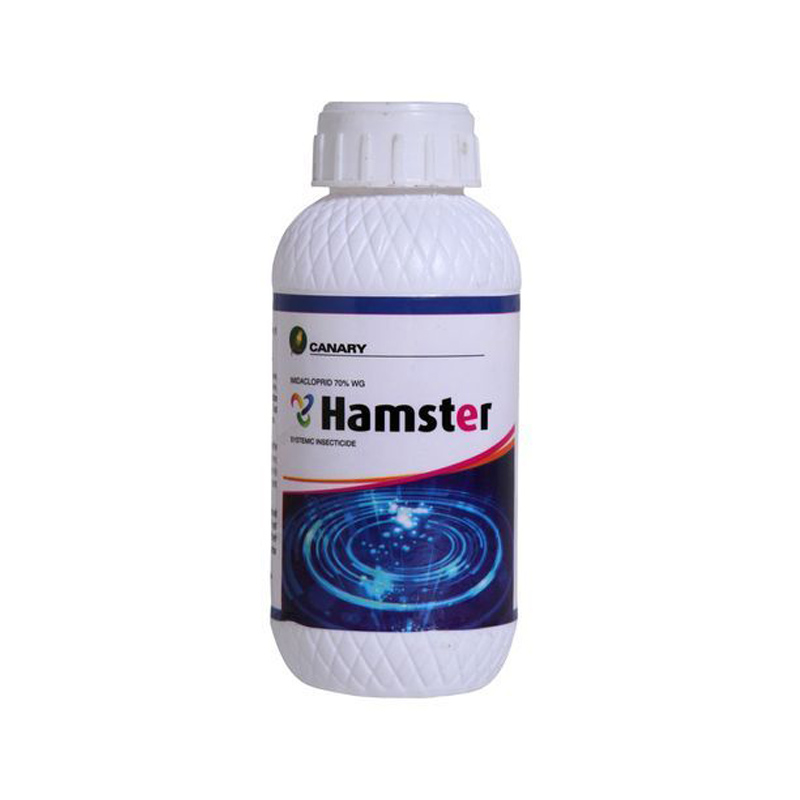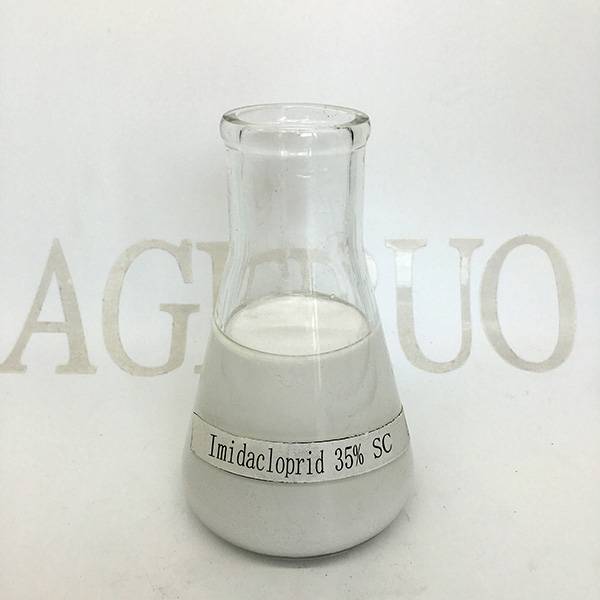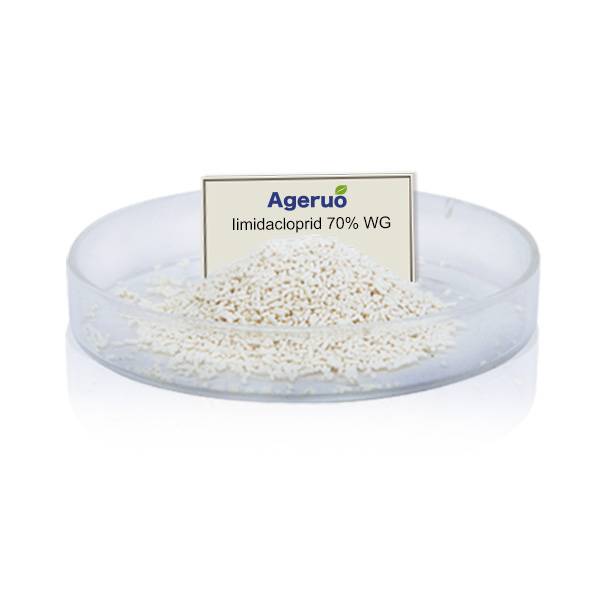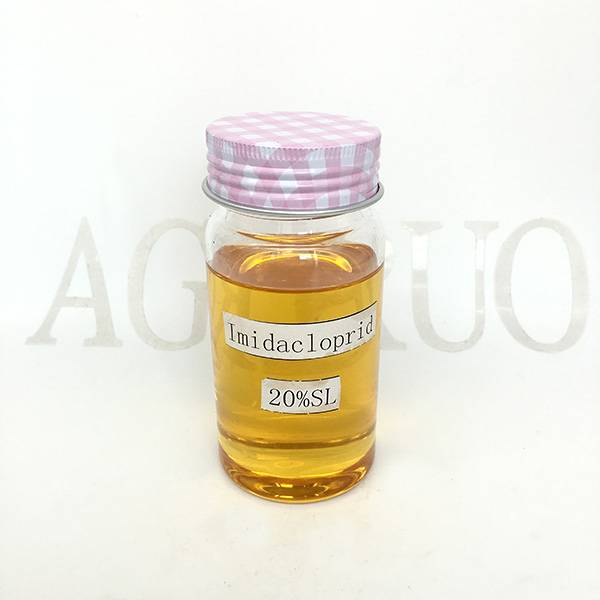Understanding Imidacloprid: Uses, Effects, and Safety Concerns
What is Imidacloprid?
Imidacloprid is a type of insecticide that mimics nicotine. Nicotine naturally occurs in many plants, including tobacco, and is toxic to insects. Imidacloprid is used to control sucking insects, termites, some soil insects, and fleas on pets. Products containing imidacloprid come in various forms, including liquids, granules, powders, and water-soluble packets. Imidacloprid products can be used on crops, in homes, or for pet flea products.
Related reading: Emamectin Benzoate vs. Imidacloprid
How does Imidacloprid work?
Imidacloprid disrupts the ability of nerves to send normal signals, causing the nervous system to stop working properly. Imidacloprid is much more toxic to insects and other invertebrates than to mammals and birds because it binds better to receptors on insect nerve cells.
Imidacloprid is a systemic insecticide, which means plants absorb it from the soil or leaves and distribute it throughout the plant’s stems, leaves, fruits, and flowers. Insects that chew or suck on treated plants will eventually ingest imidacloprid. Once insects consume imidacloprid, it damages their nervous systems, ultimately leading to their death.
How long does imidacloprid last in plants?
The duration of its effectiveness in plants can vary depending on factors such as the plant species, application method, and environmental conditions. Generally, imidacloprid can provide protection against pests for several weeks to several months, but it may need to be reapplied periodically for long-term control.
What changes occur to Imidacloprid in the environment?
Over time, residues become more tightly bound to the soil. Imidacloprid breaks down rapidly in water and sunlight. The pH and temperature of the water affect the rate of imidacloprid breakdown. Under certain conditions, imidacloprid may leach from soil into groundwater. Imidacloprid breaks down into many other chemicals as molecular bonds are broken.
Is imidacloprid safe for humans?
The impact of imidacloprid on human health depends on the dosage, duration, and frequency of exposure. Effects may also vary depending on individual health and environmental factors. Those who ingest large amounts orally may experience vomiting, sweating, drowsiness, and disorientation. Such ingestion typically needs to be intentional, as significant quantities are required to elicit toxic reactions.
How might I be exposed to Imidacloprid?
People can be exposed to chemicals in four ways: by getting them on the skin, getting them in the eyes, inhaling them, or swallowing them. This can happen if someone handles pesticides or recently treated pets and does not wash their hands before eating. If you use products in your yard, on pets, or elsewhere and get the product on your skin or inhale spray, you may be exposed to imidacloprid. Because imidacloprid is a systemic insecticide, if you eat fruits, leaves, or roots of plants grown in soil treated with imidacloprid, you may be exposed to it.
What are the signs and symptoms of brief exposure to Imidacloprid?
Farmworkers have reported skin or eye irritation, dizziness, difficulty breathing, confusion, or vomiting after exposure to imidacloprid-containing insecticides. Pet owners sometimes experience skin irritation after using flea control products containing imidacloprid. Animals may vomit heavily or drool after ingesting imidacloprid. If animals ingest enough imidacloprid, they may have difficulty walking, tremors, and appear excessively tired. Sometimes animals have skin reactions to pet products containing imidacloprid.
What happens when Imidacloprid enters the body?
Imidacloprid is not easily absorbed through the skin but can pass through the stomach wall, especially the intestines, when eaten. Once inside the body, imidacloprid travels throughout the body via the bloodstream. Imidacloprid is broken down in the liver and then excreted from the body through feces and urine. Rats fed imidacloprid excrete 90% of the dose within 24 hours.
Is Imidacloprid likely to cause cancer?
The US Environmental Protection Agency (EPA) has determined based on animal studies that there is no evidence that imidacloprid is carcinogenic. The International Agency for Research on Cancer (IARC) has not classified imidacloprid as having carcinogenic potential.
Have studies been conducted on the non-cancer effects of long-term exposure to Imidacloprid?
Scientists fed imidacloprid to pregnant mice and rabbits. This exposure caused reproductive effects, including reduced fetal skeletal growth. The doses that caused problems in offspring were toxic to the mothers. No data have been found on the effects of imidacloprid on human development or reproduction.
Are children more sensitive to Imidacloprid than adults?
Children are typically more likely to be exposed to pesticides and may be more susceptible to effects because they spend more time in contact with the ground, their bodies metabolize chemicals differently, and their skin is thinner. However, there is no specific information indicating whether young people or animals are more susceptible to exposure to imidacloprid.
Is imidacloprid safe for cats/dogs as pets?
Imidacloprid is an insecticide, and as such, it can be toxic to your cat or dog as pets. Using imidacloprid as directed on the product label is generally considered safe for cats and dogs. However, like any insecticide, if they ingest large amounts of imidacloprid, it could potentially be harmful. Prompt medical attention should be sought to prevent harm to pets if they consume significant quantities of imidacloprid.
Does Imidacloprid affect birds, fish, or other wildlife?
Imidacloprid is not highly toxic to birds and has low toxicity to fish, although this varies by species. Imidacloprid is highly toxic to bees and other beneficial insects. The role of imidacloprid in disrupting bee colony collapse is unclear. Scientists suggest that residues of imidacloprid may be present in the nectar and pollen of flowers of plants grown in treated soil at levels lower than those found to affect bees in laboratory experiments.
Other beneficial animals may also be affected. Green lacewings do not avoid nectar from plants grown in imidacloprid-treated soil. Lacewings that feed on plants grown in treated soil have lower survival rates than lacewings that feed on untreated plants. Ladybugs that eat aphids on plants grown in treated soil also show reduced survival and reproduction.



